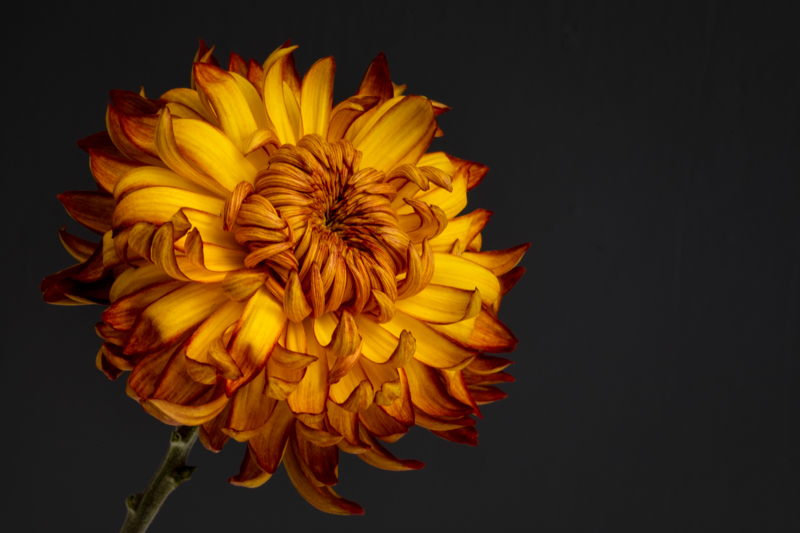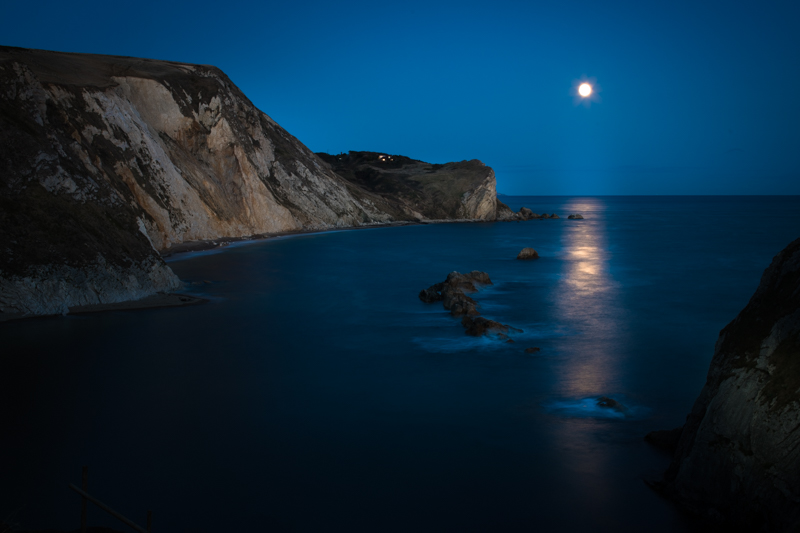Ultra-long exposure photography techniques
A photographer’s tools are light and time. What happens when you push the limits of the second? Just how long can you leave your shutter open for? And why would you want to?
How long?
Your camera’s shutter will stay open for as long as you hold the shutter button open. The only limit is the battery life. If you don’t want to stand with your finger on the button you can use a cable release that locks the shutter open. (You’ll need to find your camera’s “bulb” mode to use a shutter speed longer than about 30 seconds.)
The problems
1. The sensor warms up
Leave the shutter open for longer than a minute and the sensor will start to heat up. This can produce colour distortions or a slight fogging of your shot. You can counteract this using your camera’s built-in “long exposure noise reduction” (LENR) option (this is different to reducing digital noise in post processing caused by having a high ISO).
With LENR engaged the camera takes a second shot immediately after the first one, but as if the lens cap has been replaced. This used to be called a “dark frame” in the days of film. The camera then subtracts any colour distortions or fogging that appear on the dark slide from the original shot.
Using LENR doubles your exposure time. That’s not such an issue if your first shot is only half a minute or so, but when you start taking shots of 10 minutes or more, you really start to notice the extra exposure time - time you can’t move your camera, take another shot or do anything except try to stay mindful.
2. Digital noise
If you have chosen a higher ISO (1600 or more), you will notice your images start to degrade (especially when you view them at 100% magnification). Higher ISOs introduce digital noise to your shot. This can be reduced using the Noise Reduction option in Lightroom - but work at 100% so you can check your image is not becoming too soft.
ISO 10,000 - a very grainy, noisy shot
3. Your camera moves
If you nudge your camera even slightly during the shot, you will end up with a blurred, unusable image. Watch out for high winds and people knocking your tripod. Don’t touch your camera at all during the shot. Use a cable release or the self timer so there’s no risk of jogging the camera as you first press the shutter button. Make sure the weight of your lens doesn’t cause the whole set up to droop during the shot.
4. You can’t see what you’re shooting
If you are shooting at night and there is no moon, chances are you simply won’t be able to see the hand in front of your face let alone the landscape in front of you. In a world of instant replay, this unpredictability adds to the charm of the genre though, so embrace the limitations.
5. Light leaks
Cover the eyepiece to stop light registering on your photo from within the camera.
Why do long exposure?
If all these issues haven’t put you off, try a long exposure next time you run into one of these reasons:
1. For creative effect
Blurring water in a waterfall, smoothing out the sea and letting the clouds lose their definition are all creative effects you can achieve with a long exposure. If you are shooting in bright daylight you will need a neutral density filter to avoid over exposing your shot.
Light painting (using a torch or a light stick in the dark) needs a long enough exposure for the pattern to register. This shot was 6 seconds.
A 61 second exposure allowed the clouds to blur attractively.
2. To remove people
If you are at a popular spot you can allow people to blur out of the shot completely by leaving the shutter open long enough that they won’t register on the final photo.
Behind the scenes - there are people walking along the pier at Whitby
Using a neutral density filter and narrow aperture allowed an exposure of over a minute (67 seconds) which was long enough for the people not to register on the final shot.
3. The consequence of a narrow aperture
If you want a large depth of field, often you will necessarily need a correspondingly long shutter speed to avoid using a high ISO.
To achieve front-to-back depth of field with an ISO of 100, a shutter speed of 25 seconds was needed.
4. Not enough light
If you are indoors, or shooting at night, you will soon start to need very long exposures just to pick up the very little ambient light available.
Again, to maintain a low ISO (100), a slightly longer shutter speed of 6 seconds was needed in this shot at Durdle Door.
Do you need help with the basics?
Learn to shoot confidently in Manual mode in less than 6 weeks with my free online photography workshop, A Year With My Camera. Join here and get started today:








